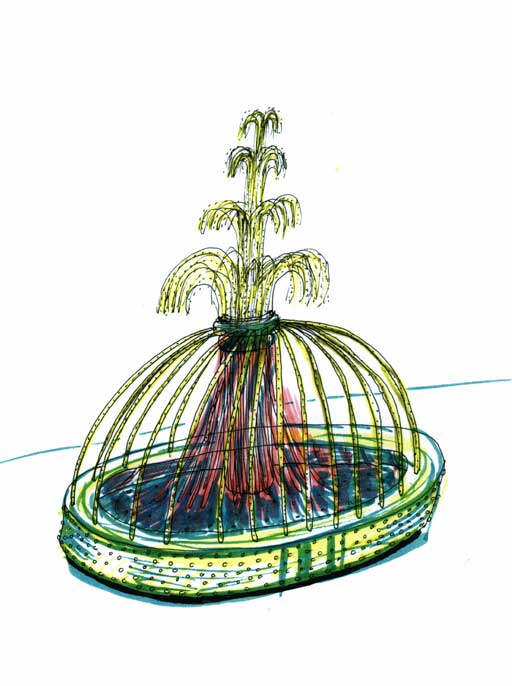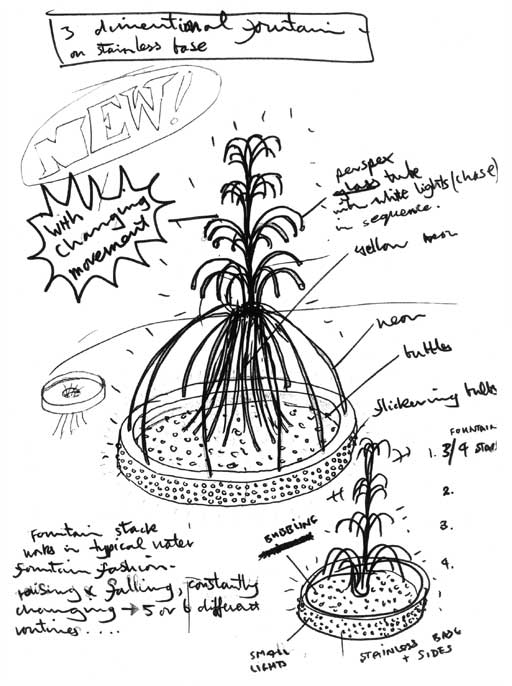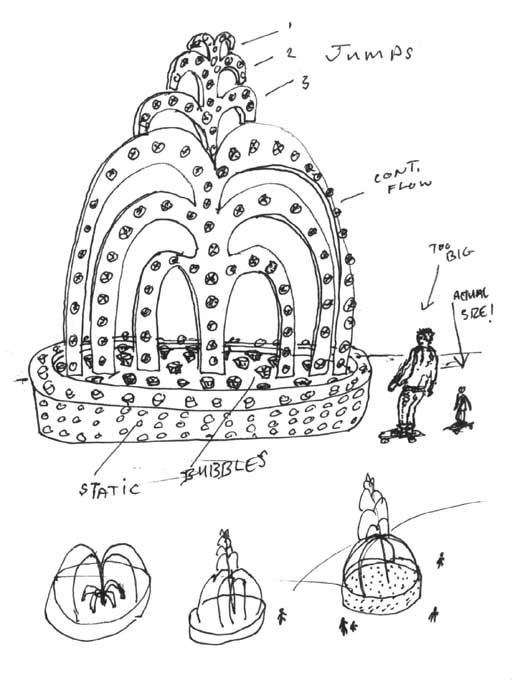


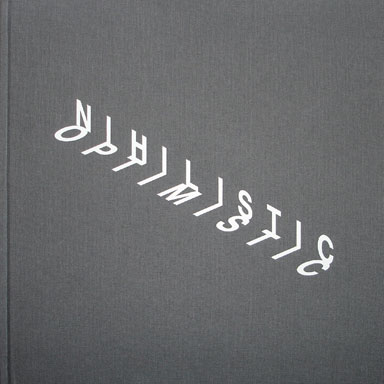
Tim Noble and Sue Webster
Authors; Gustav Metzger, Hans Ulrich Obrist and Jon Savage
Hardback / 262mm x 262mm / 104 pages / illustrated in colour and b&w / £30 UK [Amazon]
Blain|Southern has published a 104-page catalogue to accompany the exhibition, Nihilistic Optimistic. Featuring six large-scale works, the show builds upon the artists' sustained investigation into self-portraiture, further deconstructing the relationship between materiality and form which has been so intrinsic to their practice.
Constructed principally from discarded wood and other materials, the artists describe these sculptures as 'street compositions'. Each work appears abstracted or even unfinished as the debris of the artists' studio – gathered sawdust, wood shavings and tools – lie scattered around the sculptures.
The publication includes photographs of the works in the exhibition, as well as a contribution from Gustav Metzger, an essay by Jon Savage and an interview with Hans Ulrich Obrist and Tim Noble & Sue Webster.

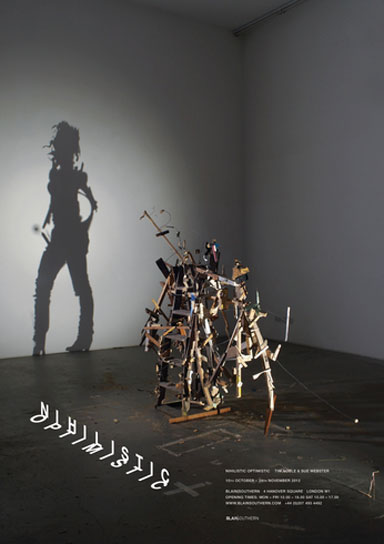
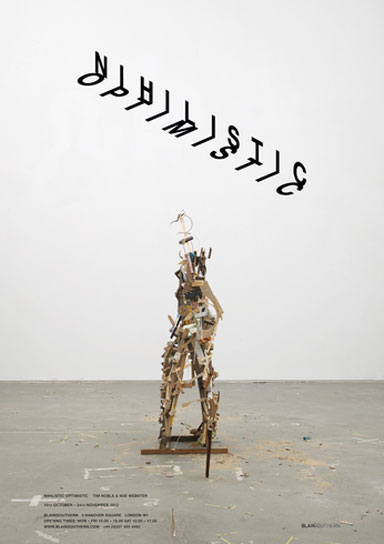
Two posters designed on the occasion of Tim Noble
& Sue Webster's exhibition, Nihilistic Optimistic, at Blain|Southern, London.
Stock: Hello Matt 200gsm
Print: 4 Colour
Size: A1 (840 x 594mm)
Both Posters £15.00
Light Poster £10.00
Shadow Poster £10.00
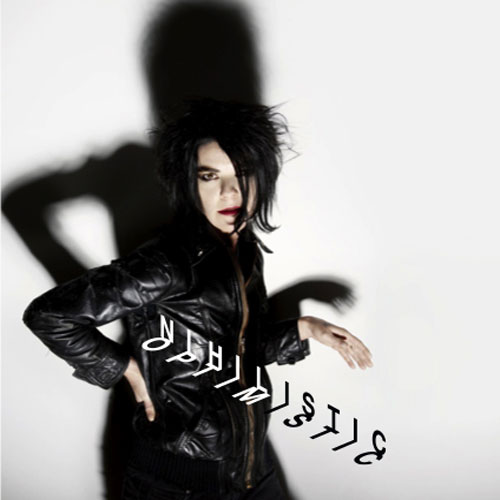
The Vinyl Factory Chelsea
91 Walton Street
London SW3
12 October – 11 November 2012
Private view: 12 October 2012. 6–10 pm
The Vinyl Factory's latest exhibition is a collaboration with celebrated British artists Tim Noble and Sue Webster and legendary punk photographer Dennis Morris. The show will feature 11 new iconic portraits of the artists taken by Morris, famed for his seminal shots of the Sex Pistols, Bob Marley and PiL, and a sound installation by Tim & Sue.


Tim Noble & Sue Webster
Limited Record Edition
The Vinyl Factory
Release date: 12 October 2012
Price: £ 100.00
Gatefold double 12" featuring special edit of Nihilistic Optimistic, Tim & Sue's spoken word piece recorded direct-to-disc at Electric Mastering, West London, Summer 2012. Two heavyweight 180-gram records, one white, one black, pressed on the legendary EMI 1400 at Hayes, Middlesex. Sleeve photography by Dennis Morris (Sex Pistols, PiL, Bob Marley).
Limited edition: 150, signed and numbered by Tim Noble & Sue Webster


Tim Noble & Sue Webster
Limited Edition Vinyl Box Set
The Vinyl Factory
Release date: 12 October 2012
Price: £ 200.00
The clothbound, clamshell box comprises:
• 10" record made by Noble and Webster
• Record sleeve photography by Dennis Morris
• 104-page hardback book, featuring original interviews, photographs and artworks
Limited edition: 200 copies worldwide, hand signed and numbered by Tim Noble & Sue Webster
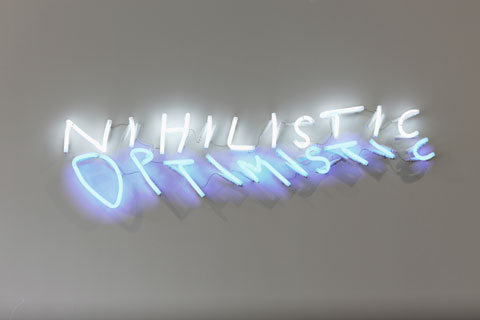
Blain|Southern
4 Hanover Square
London W1S 1BP
10 October – 24 November 2012
Private view: 9 October 2012. 6–8 pm
Nihilistic Optimistic, Tim Noble & Sue Webster's first major solo exhibition in London since 2006. Featuring six large-scale works, the show builds upon the artists' sustained investigation into self-portraiture, further deconstructing the relationship between materiality and form, which has been so intrinsic to their practice.
The exhibition's dualistic title, Nihilistic Optimistic, responds to the oppositional forces present within these works, and indeed within the artists themselves; the show is at once constructive and destructive, hopeful and despairing. Light and shadow, form and absence, figuration and abstraction all inform one another and exist in a constant state of tension.
A catalogue accompanies the exhibition, featuring contributions by Gustav Metzger, Hans Ulrich Obrist and Jon Savage. In collaboration with The Vinyl Factory, Tim Noble & Sue Webster have also produced a limited edition artwork in the form of a 10-inch record.

All Visual Arts
The Crypt, One Marylebone Road
London NW1 4AQ
9–12 October 2012. 10 am–8 pm
Private view: 8 October 2012. 7–10 pm
Metamorphosis: The Transformation of Being. Curated by All Visual Arts directors Joe La Placa and Mark Sanders, with guest curator Wolfgang Schoppmann of the Thomas Olbricht Foundation, the exhibition takes a thought-provoking look at the evolving language of metamorphosis and transformation spanning over 400 years in the visual arts. Set in the Crypt of One Marylebone, the exhibition features over 100 works from 48 artists, some especially commissioned for the exhibition.
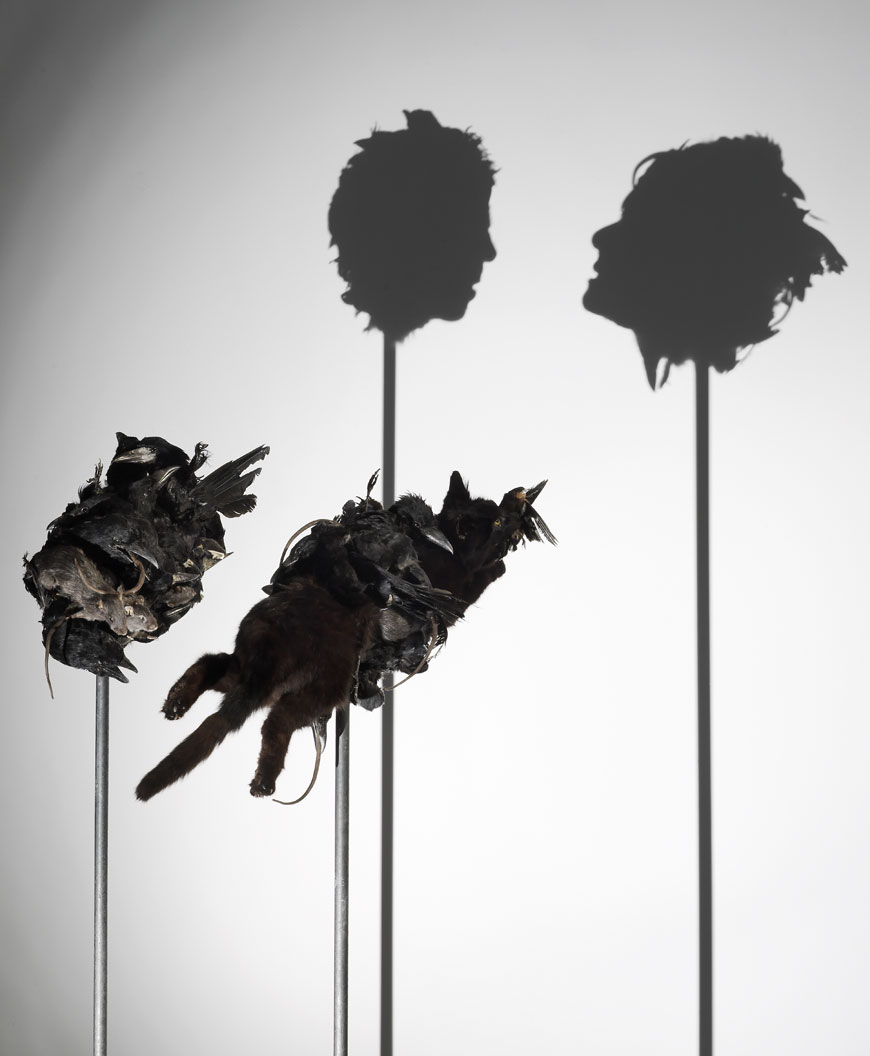
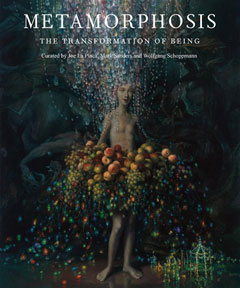
Saatchi Gallery & RS&A
Duke of York's HQ, Kings Road, London SW3 4RY
8 September – 3 October 2012.
This collaboration with RS&A brings together 16 chess sets designed by some of the world's leading contemporary artists in celebration of the 'game of kings' and its continued relevance to the creative arts.
This exhibition at the Saatchi Gallery will be the first time that all 16 chess sets are displayed together and it will also be the first public showing of a new commission by British artists Tim Noble and Sue Webster. Famous for their shadow sculptures, the artists have taken the opportunity to return to their on-going fascination with dead animals and have created a woodland chess set complete with hand carved tree stump with bronze chess pieces inspired by the artists' collection of mummified animals – found on their farm in Gloucestershire – squirrels take the roles of King and Queen and frogs act as Pawns.
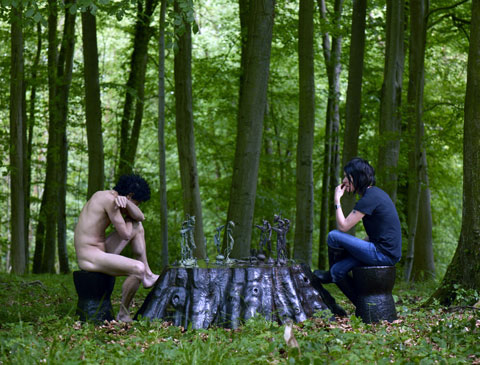
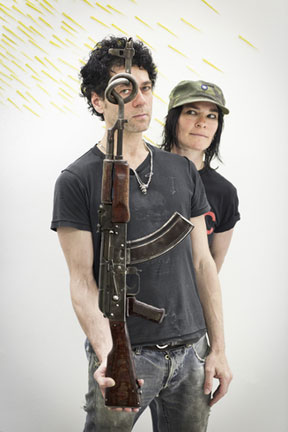
Exhibition:
The Institute of Contemporary Arts (ICA). 25–30 September 2012.
Auction:
Phillips de Pury & Company, Howick Place, London SW1P 1BB.
Thursday, 4 October 2012
Peace One Day presents AKA Peace, an exhibition of new works by some of the most celebrated names in Contemporary Art, all of whom have agreed to transform a decommissioned AK-47 assault rifle, refashioning what has become a symbol of global violence on the broadest scale into artworks of intrigue and even beauty.
The exhibition, originally conceived by photographer Bran Symondson and now curated by artist Jake Chapman, coincides with Peace Day, Friday 21 September 2012; it will raise awareness of Peace Day and raise funds for Peace One Day's Global Truce 2013 campaign.
Tim Noble & Sue Webster Give a Few Extra Turns of the Screw
Artists Turn Junk Into Amazing Silhouettes
How to Save a Suicidal Squirrel
A Curtain of Hair
Nancy Hightower for Weird Fiction Review
Liz Stinson for UnderWire, Wired U.S. online magazine
Emily Sharpe for The Art Newspaper, re the Art Basel daily edition
Louise Steiwer for Kopenhagen Magsin
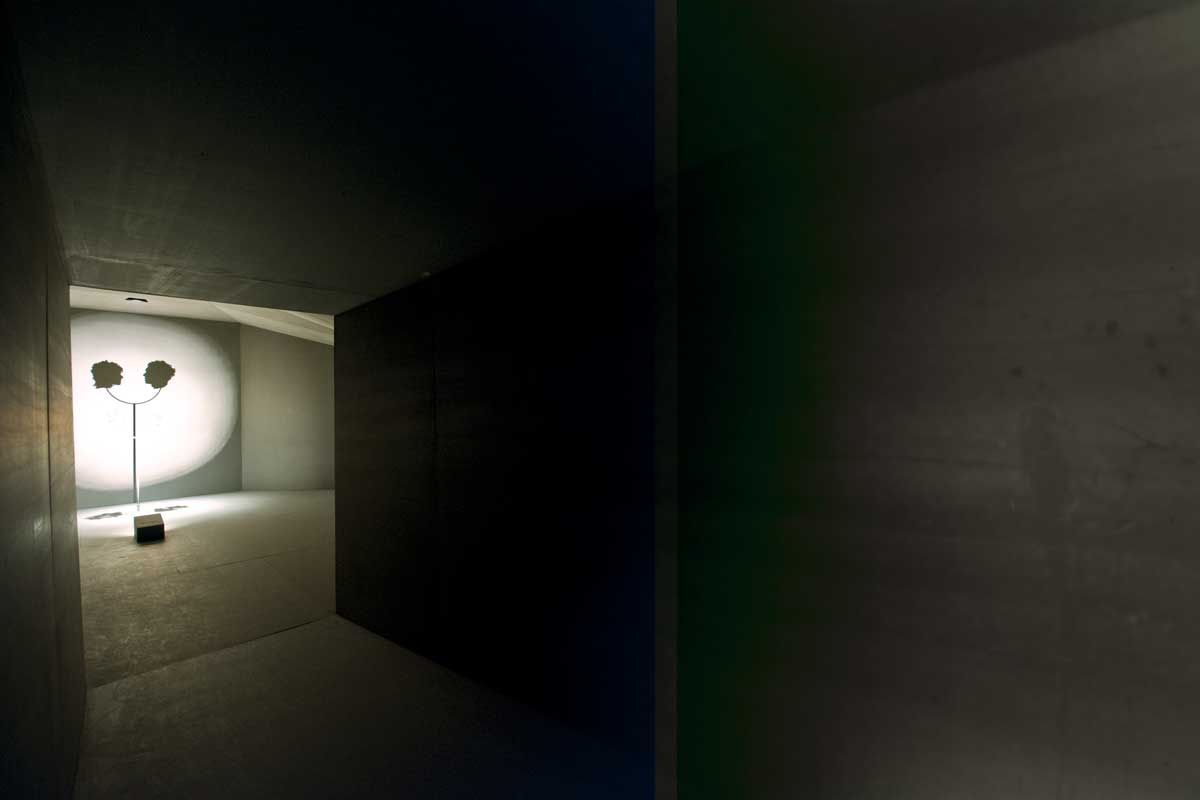
Hunger TV article and video interview
Interviewer: Tim Burrows
Camera operators: rankinfilm
Video editor: Jack Sutcliffe
Hunger, Issue Two, 2012
"Scanning the walls as we wait for the film crew to set up, Forever screams in neon from the back wall of the main studio. Posters from their shows fill the walls and dead animals line the windowsills. . . ."
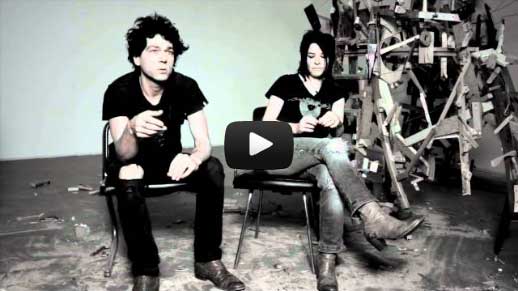
CPH PIX Concert and film
Kunsthal Charlottenborg, Nyhavn 2, 1051 Copenhagen K, Denmark
Thursday 26 April, 21.00 (doors 20.30)
Admission: 150 kr.
A concert with the Japanese noise-band Bo Ningen accompanied by a visual art piece by Tim Noble & Sue Webster. HAIR was first created for the Venice Biennale in 2011. The artists will be present to produce the live visuals, which will bathe the band and the audience in a sea of hair. Even more noise can be experienced in Davide Pepe & Diamanda Galás's audiovisual work SCHREI 27 celebrating its European premiere this evening. The evening opens with a piano-solo by Eriko Makimura (Japan).
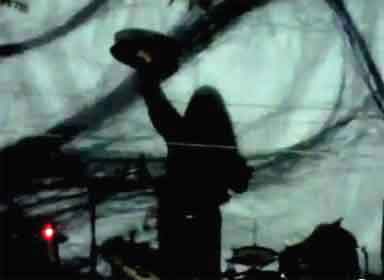
Video of this performance by Bo Ningen with the projection HAIR can be viewed here
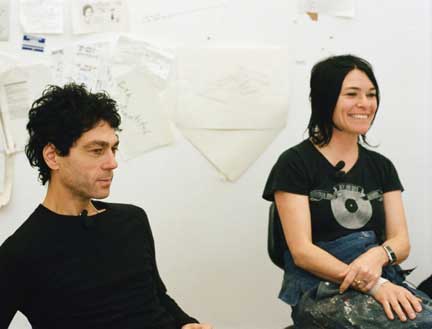
Video: Nicolai Niermann & Marcus Werner
Edit: Hendrik Thul
Music: Lower Dens – Rosie
"Tim Noble and Sue Webster have been constructing and assembling sculptures from unconventionally found objects into transformative art. As we snoop around the studio, you are greeted by a gigantic, bright and illuminating dollar sign in one corner, many tools and splintered wood that give us a real feel of their love for the discarded. They manage to create art with influences of punk rock and walking around the studio, you get a real sense of their characters as well as their talents . . ."

"Safety First." Garage (Spring–Summer 2012): 86–87
The condoms, featuring the work of Sue Webster & Tim Noble, Mat Collishaw and Keith Haring are available in every copy of the magazine, as well as in the bathrooms of Le Baron nightclubs throughout Fashion Week in New York, London, and Paris.

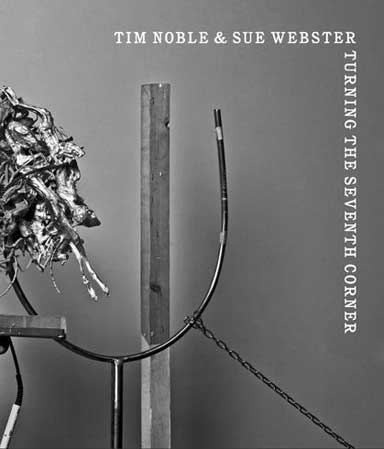
Tim Noble and Sue Webster
Texts by David Adjaye, James Putnam, and Louisa Elderton
Hardcover / 285mm x 245mm / 126 pages / illustrated in colour and b&w / £25 UK [Cornerhouse] [Amazon]
Published by Blain|Southern
Blain|Southern has published Tim Noble & Sue Webster: Turning the Seventh Corner, which comprehensively documents the conception and realisation of the artists' recent exhibition and of how the installation's internal sculpture The Gamekeeper's Gibbet was created at Blain|Southern, Berlin.
A monumental, site-specific installation, Turning the Seventh Corner was created by Tim Noble and Sue Webster in collaboration with the architect David Adjaye. It was exhibited from April – July 2011, and is the artist's most ambitious project to date.
The publication includes intriguing images, photographs, drawings and diagrams, alongside a foreword written by David Adjaye which describes the working relationship between him and the artists (this is their third collaboration to date), an essay by the curator and former Egyptologist at The British Museum, James Putnam, and an interview conducted by Louisa Elderton between the three collaborators.
The book will be available from the gallery and from our online bookshop from January.
The Courtauld Institute of Art
Somerset House
Strand
London WC2R 0RN
21 January 2012 – July 2013
In 2012 The Courtauld Insitute of Art celebrates 20 years of its biennial contemporary art exhibition, the
Material Matters celebrates our ever-growing access to the internationalism of contemporary art and the diversity of media being used in its creation. With artists from four continents exhibiting works ranging in material diversity from soap to stained glass, the Courtauld again demonstrates the value of the
This provides a unique opportunity for individuals across all years at the Courtauld with first-hand experience in organizing, running and maintaining an exhibition. The dialogue between highly established artists and students provides for a challenging yet dynamic atmosphere in which for East Wing X to operate.

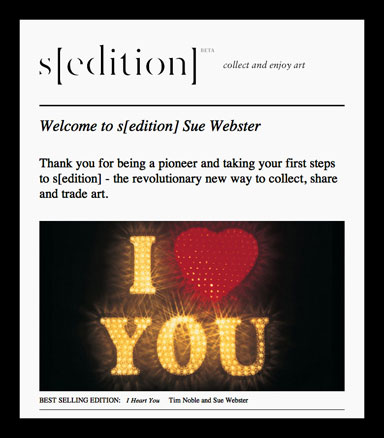
A revolutionary way to collect art by the world's leading contemporary artists in digital format
Forever and I (Heart) You are two of four limited edition digital artworks available from
Tim Noble & Sue Webster. Each edition has its own Certificate of Authenticity signed by the artists and s[edition]. The certificate is proof of ownership, and contains your name, date of purchase, title of the work and edition number.
You can view your art for personal use only, on any connected device you own or control. As a collector, you receive regular information directly from the artists, priority access to new editions, and also connect to other collectors.


Tim Noble and Sue Webster
Texts by Jeffrey Deitch, Michael Bracewell, and Nick Cave
Hardcover / 10.25" x 11.75" / 240 pages / 300 colour illustrations /
Published by Skira Rizzoli
Skira Rizzoli is proud to publish British Rubbish—the work of artists Tim Noble and Sue Webster. Since the mid-1990s, Noble and Webster have created a body of art that can be described as an ingeniously complex punk-rock take on modern consumer culture.
Noble and Webster make art that directly addresses the waste and aesthetic vulgarity of advanced consumerism and repositions the litter and gaudiness as a powerful visual allegory of human mortality, love and hope.
Extravagant, irreverent, and always sharply clever, British Rubbish is both a paean to and sly denunciation of conspicuous consumption.
About the Authors: Jeffrey Deitch is the director of MOCA Los Angeles and the former director of the renowned Deitch Projects in New York. Michael Bracewell is a writer based in England and New York. His most recent publications include The Complete Postcard Art of Gilbert & George, 1972–2010 and Bridget Riley, Paintings and Related Work for the National Gallery, London. Nick Cave is a musician, songwriter, and author best known for his 1980s-era band Nick Cave and the Bad Seeds.


New Museum
235 Bowery
New York, NY 10002
2 March 2012, 7:00–9:00 pm
The New Museum Store invites you to celebrate the publication of British Rubbish by

17–20 New Bond Street
London W1S 2RB
26 September 2011, 6:30–8:30 pm
A curated book shelf of Tim and Sue's publications and exhibition catalogues has been created for the Louis Vuitton Librairie for this occasion.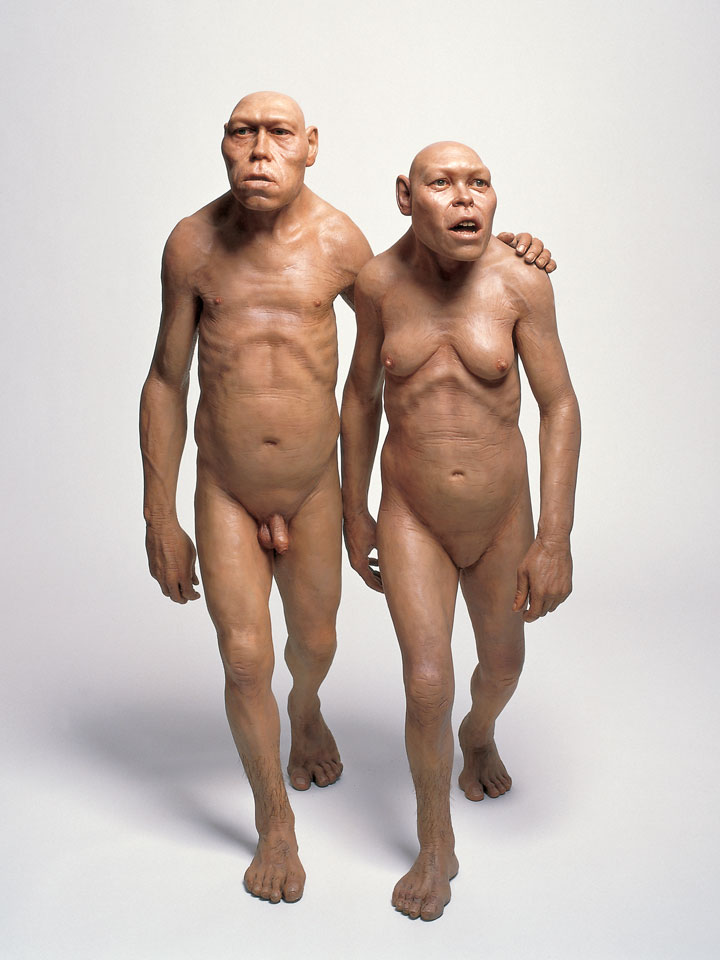
Sotheby's
1334 York Avenue
New York 10021 U.S.
18 November 2011
For most of history, human beings were hunters and gatherers. Until the invention of agriculture, about 10,000 years ago, to subsist meant to comb the wilds, foraging for edible plants and animals. The impulse to scavenge is thus embedded in our genes, and through the centuries it has found powerful expression in the world of art.
Artists are a particular type of hunter-gatherers. Since ancient times, they have assembled works from assorted materials, both natural and man-made, in arrangements in which the artistic whole transcends the sum of its parts. The practice of assemblage has continued into the 21st century, with artists enthusiastically using non-traditional materials in both intimate and environmentally scaled artworks.
Juxtaposing western and non-western art histories, this exhibition is itself an assemblage of different time periods, cultures and artistic forms, resulting in striking visual encounters. In some cases, there is a direct reference to the notion of hunting and gathering, while in others, materials are recuperated into hybrid compositions that are playful, enigmatic and dynamic. Ultimately, it is the fluidity of ideas and the dialogues between objects that create the universe of Hunters and Gatherers.

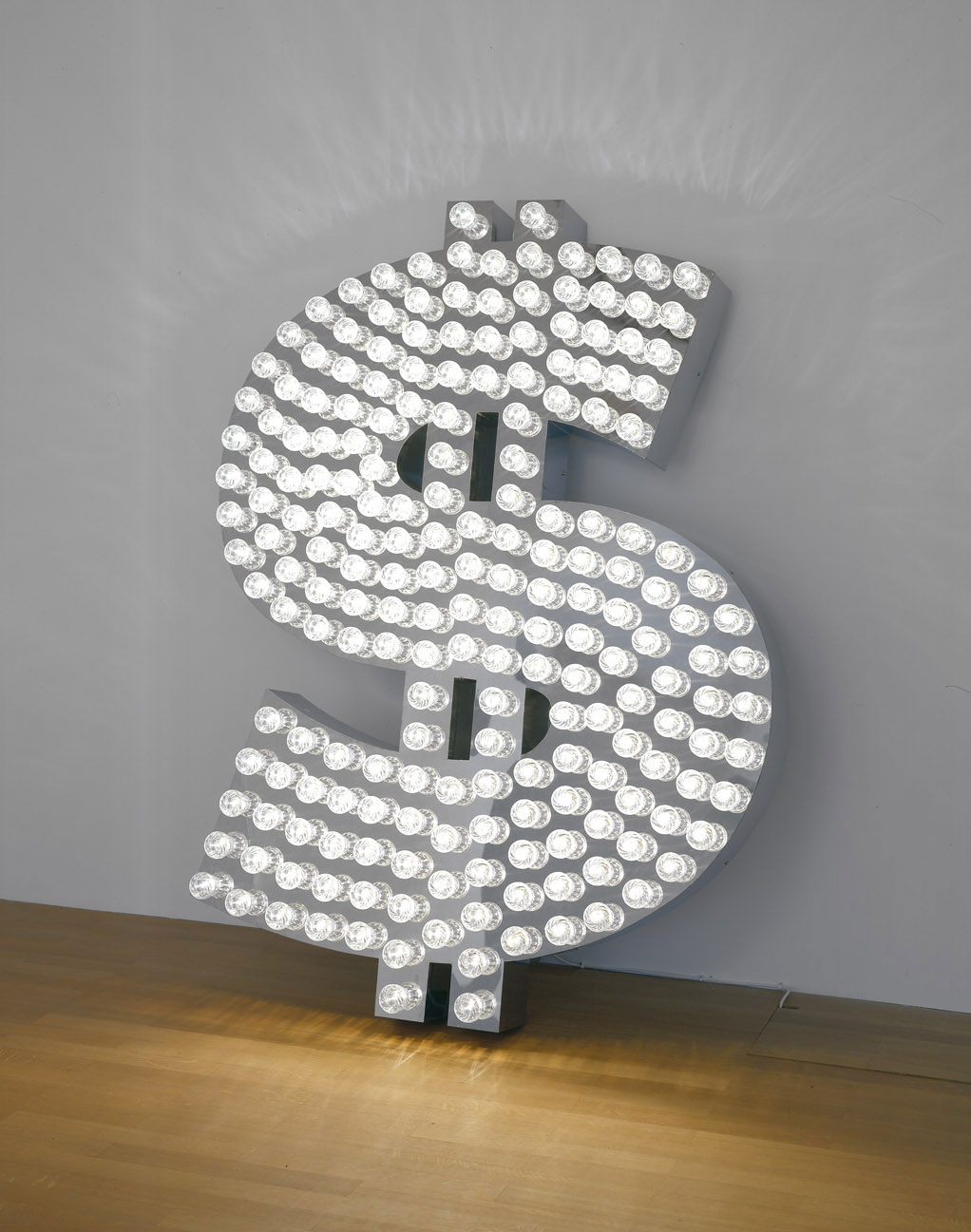
The Pace Gallery
545 West 22nd Street
New York, NY, U.S.
27 October – 26 November 2011
The Pace Gallery is pleased to present Burning, Bright: A Short History of the Light Bulb, a group exhibition that illuminates a recurring fascination with the light bulb by some of the most important artists of the past hundred years.
In the second half of the 20th century, artists again expanded the role of light bulbs, transforming the bulb from subject matter to medium. Integrated into early Pop combines by Dine and Rauschenberg or used alongside other everyday materials by the Arte Povera group, light bulbs became a source of physical as well as existential illumination. Many works included the concept of the material's lifespan: Gonzalez-Torres's elegant strings of light bulbs are allowed to burn out during exhibitions and Morris's Metered Bulb displays a working light bulb alongside an electric company meter that monotonously records its energy expenditure. In the work of Tim Noble and Sue Webster, flashing bulbs reference the lights of signage and advertising, but spell out icons of pop culture instead of a product.
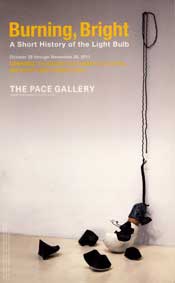

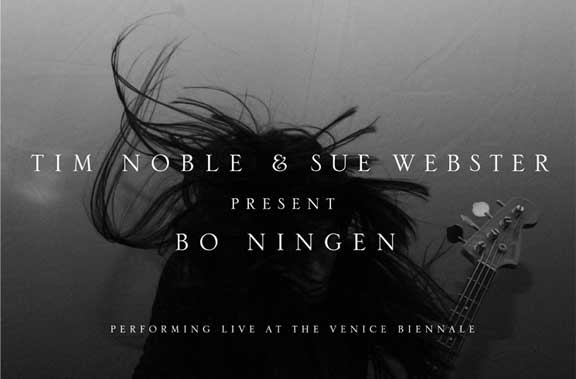
54th Venice Biennale
Gervasuti Foundation
Fondamenta S. Ana Via Garibaldi Castello 995, 30122
1 June 2011, 10pm
An exhibition curated by James Putnam
A new work by Tim Noble & Sue Webster. An animation in collaboration with the critically acclaimed Japanese experimental band Bo Ningen. [project]

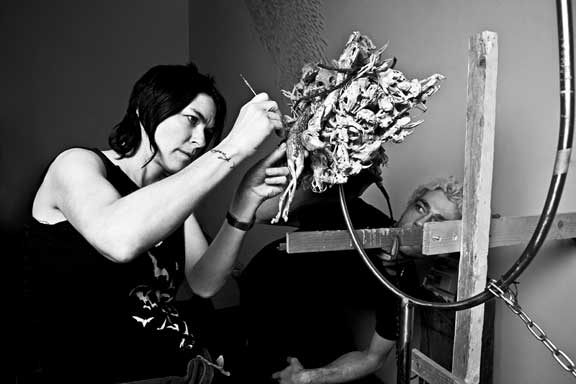
Blain|Southern
Potsdamer Straße 77–87
10785, Berlin
30 April – July 16 2011
Private View: Friday 29 April, 6–8pm
Turning the Seventh Corner
Blain|Southern is delighted to announce that it will open its Berlin gallery in April with an exhibition by the celebrated British artists Tim Noble and Sue Webster. Monumental both in scale and ambition, Turning the Seventh Corner is a site-specific installation inspired by the tombs of the Egyptian Pharaohs which has been made in collaboration with the internationally acclaimed architect David Adjaye.
The new gallery, a concrete, steel and glass structure with a floor space of more than 1,300 square metres, was formerly the printing presses of the German Liberal newspaper, Der Tagesspiegel. The publication's motto, 'Rerum cognoscere causas', or 'To know the causes of things', has also inspired the artists.
Tim Noble and Sue Webster are best known for their 'shadow sculptures' in which they use discarded rubbish, animals and other matter that are then illuminated from a single light source creating portraits of themselves. Their work also includes light sculptures which elevate the kitsch of low art forms, such as Las Vegas strip hotels and tattoo parlours, into iconic tropes of pop art.
Turning The Seventh Corner draws on these and other practices. However, the artists' desire for an element of surprise
and mystery has led them to hold back on revealing every detail of the work, which they have created as a journey of exploration.
Upon arriving at the doorway on the second floor of the gallery the viewer enters a labyrinth of man-made tunnels, dimly lit with narrowing passages. These ascend and descend in a spiral-like manner and have been designed to disorientate and, in doing so, steer the mind towards a more open and meditative state, one alive to enquiry.
After passing the seven corners, an allusion to the Book of Proverbs, 9:1 – "Wisdom hath builded her house, she hath hewn out her seven pillars", the viewer enters a tomb-like area where the secret creation by Tim Noble and Sue Webster, one of beauty, surprise, wonder and enlightenment, is revealed.
Says Webster: "Since I was a teenager I've been enthralled by the idea of Berlin and by the way it has attracted the creative energies of two of my great heroes David Bowie and Nick Cave – and so following in this great tradition, Tim and I are proud to initiate our most ambitious project to date in this fabulous city."

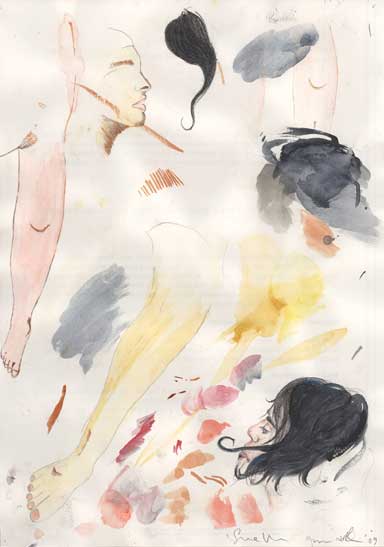
Vegas
Kunsthal KAdE Amersfoort
The Netherlands
19 February – 8 May 2011
Group exhibition curated by Keith Coventry
An exhibition about the Peeping Tom invites visitors to investigate the world of the voyeur. Kunsthal KAdE is presenting several works from a group of artists, with paintings, prints, photos, works on paper and installations all based around this one central theme.
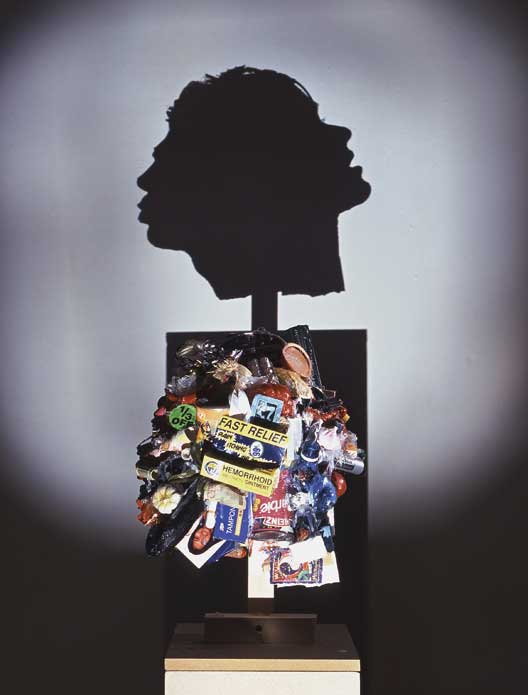
Castlefield Gallery
2 Hewitt Street
Manchester M15 4GB
18 February – 10 April 2011
Castlefield Gallery is proud to present BORN AFTER 1924, a project by German artist
Ingo Gerken. Interpreting the contemporary legacy of the Merzbarn and Kurt Schwitters in the UK, Castlefield Gallery has invited Gerken to respond to Schwitters' Merz Magazine (issue 8/9) of 1924 called Nasci. The theme of the magazine, Nasci, meaning 'being born' or 'becoming', was co-edited with Russian Constructivist artist El Lissitzky forging an alliance of Dadaist and Constructivist ideals and included reproductions and texts by Vladimir Tatlin, George Braque, Man Ray, Piet Mondrian, Kazimir Malevich and Mies van der Rohe among others.
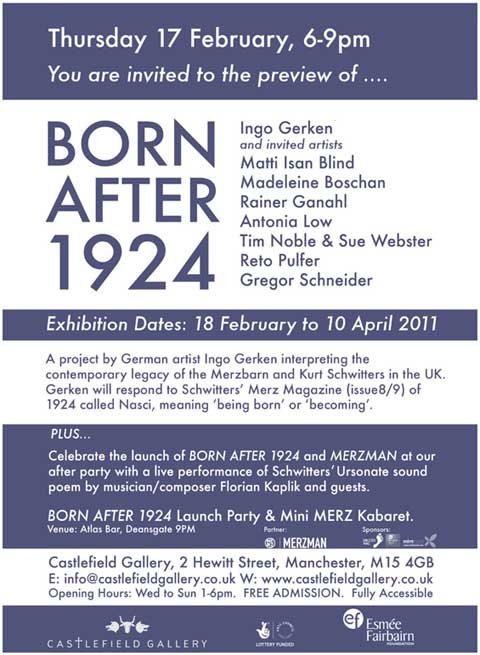

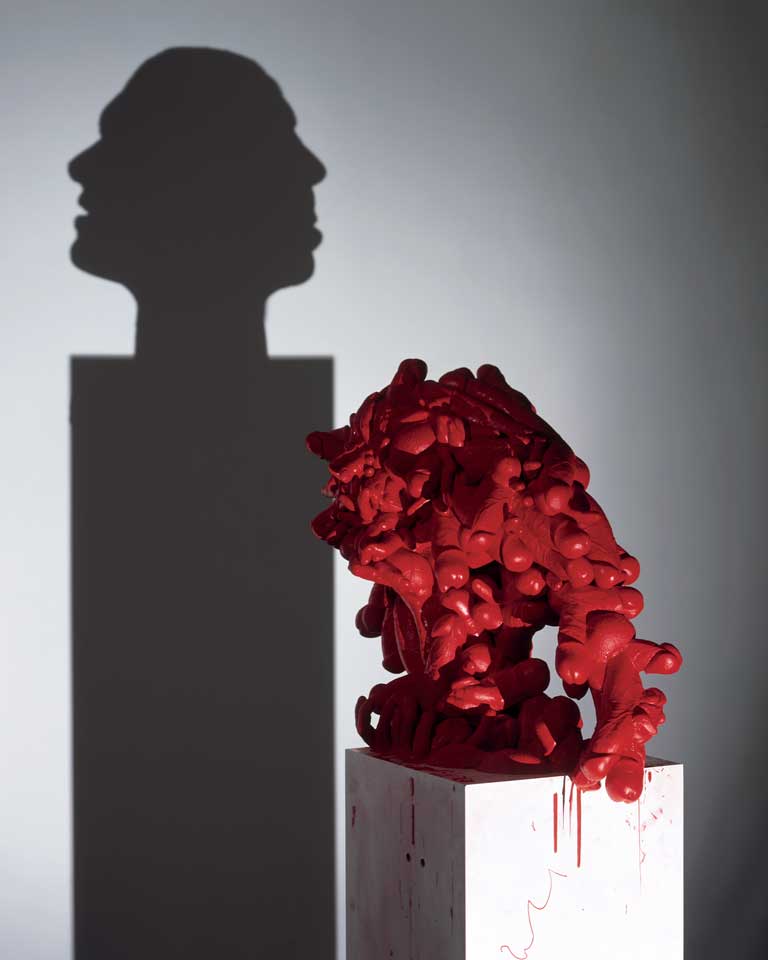
Science Museum
Exhibition Road, South Kensington
London SW7 2DD
13 October 2010 – April 2011
Curated by Dr Caterina AlbanoSupported by: The Institute of Psychoanalysis
Explore the workings of the unconscious mind through a range of modern and historical objects and contemporary artworks.
The unconscious pervades every aspect of our lives – it shapes concealed conflicts and repressed desires. This exhibition brings some of its unexpected manifestations to light through historical and contemporary artefacts. Visitors take on a key role as they are invited tease out hidden associations and unconscious meanings, some of which are also unravelled by the voices of leading psychoanalysts.
The exhibition celebrates psychoanalysis not only as a treatment but also as an enduring body of knowledge which enhances our understanding of culture and society. Through a range of modern and historical objects, digital animation, audio interpretation and works by leading artists such as Grayson Perry and Noble & Webster, the exhibits focus on a key concept of psychoanalysis – how the unconscious is manifest in everyday experiences.

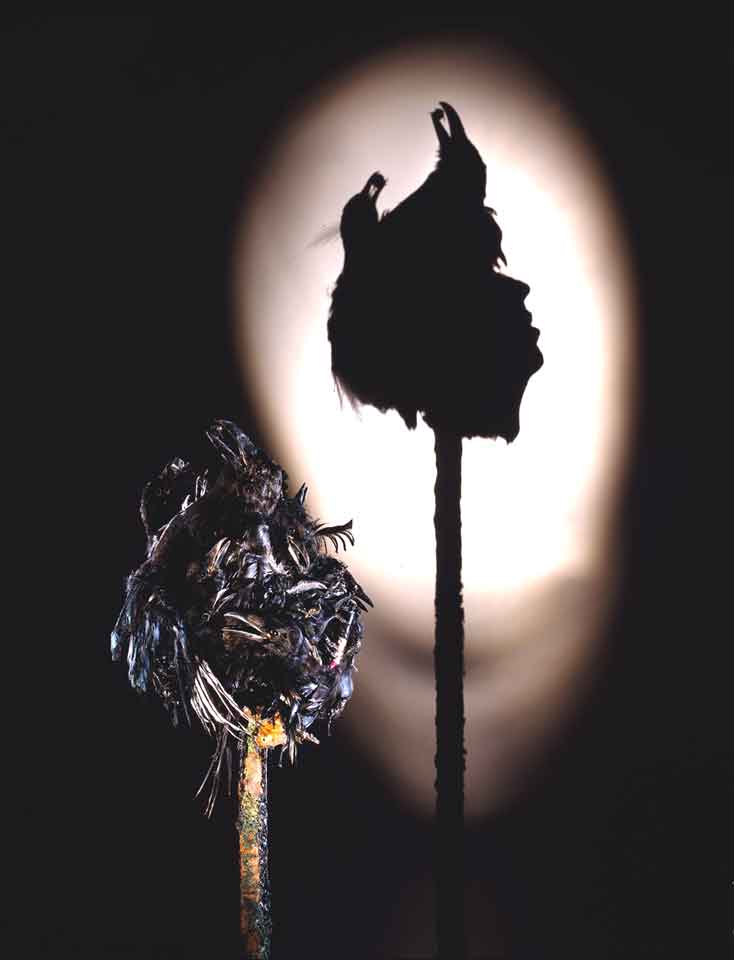
National Portrait Gallery
Room 37, Contemporary Collections in the Lerner Galleries
St Martin's Place, London WC2H 0HE
23 September 2010 – 13 March 2011
A cacophony of stuffed animals dramatically spot-lit onto a wall to form a portrait silhouette of the late fashion icon Isabella Blow has been acquired by the National Portrait Gallery. It goes on display at the Gallery tomorrow and a talk about the work will be given there by the artists at 7.00 pm as part of the Gallery's Late Shift programme (23 September 2010).The unusual portrait made of 15 taxidermy animals (including birds, a rat and a snake), wood and fake moss together with a heel from one of Blow's own Manolo Blahnik shoes and her trademark lipstick is a vivid combination of sculpture, installation and light projection.
In the resulting silhouette of a head, Isabella Blow appears to be wearing one of the extraordinary hats designed for her by Phillip Treacy, which often featured taxidermy. The artists were fascinated by what they saw as Blow's gothic quality and chose to depict her head as though on a stake, incorporating a raven and the species of rat associated with the Black Death.
The work has been donated to the Gallery by the estate of Isabella Blow, who died in 2007, and the artists Tim Noble and Sue Webster who created it from life in 2002. The result of their friendship with Isabella Blow, this is the only portrait by the artists of a person other than themselves.
'The portrait encourages us to reflect simultaneously on beauty and death,' says Rosie Broadley, Associate Curator of Contemporary Collections, National Portrait Gallery, London, 'which embody Blow's own complex preoccupations.'


Ondaatje Wing Theatre
National Portrait Gallery
St Martin's Place, London WC2H 0HE
23 September 2010, 7:00 pm
Following a screening of a short film of the artists at work, Sue Webster and Tim Noble discuss their unique approach to art and their portrait of fashion stylist and muse Isabella Blow, with writer and critic Michael Bracewell. This event is part of the National Portrait Gallery's Late Shift programme, in partnership with FTI Consulting.
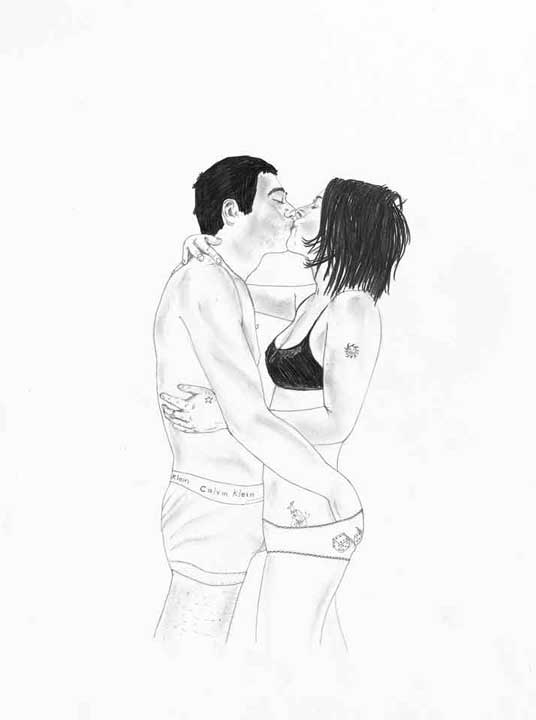
Goss-Michael Foundation
1405 Turtle Creek Boulevard
Dallas, TX 75207, U.S.
19 November 2010 – 12 March 2011
The exhibition, comprised of over 25 works selected from the founders' private collection, will feature art by Michael Craig-Martin, Tracey Emin, Angus Fairhurst, Gilbert & George, Damien Hirst, Jim Lambie, Sarah Lucas, Adam McEwen, Jonathan Monk, Tim Noble &
Sue Webster, Richard Patterson, Marc Quinn, and Eva Rothschild.
Working closely with the curatorial staff, the founders personally selected each exhibited work. Michael and Goss have assembled a collection of innovative and provocative pieces that often relate to one another through shared themes: sexuality, personal identity and societal roles; beauty, sensuality and death; as well as the social and political issues facing the current generation. It is the intention of the Goss Michael foundation to present challenging contemporary art to the public, to open up an interesting dialogue between works of art and to create a forum for the exchange of ideas in Dallas.
The front gallery features artists of different generations and sensibilities. What binds them in the context of this exhibition, is a melancholic but also playful way of dealing with loss and the brute reality of human mortality. The essence of life is condensed in one page obituaries, a neon coffin contradicts the somberness and gravity of the symbol of death, dead butterflies create a tragic image of beauty, 60s car hoods become nostalgic icons of the hope for freedom of a bygone era and playful concrete shrines of music seem to be obliviously sinking in the ground.
Most of the artists included in the main gallery space belong to the YBA group (Young British Artist), with the exception of Gilbert & George who actually belong to the previous generation but are generally considered to be important forerunners to the YBA movement. In this room, the theme of mortality and the fragility of life continues to be present but refers more to death as the Freudian "Eros & Thanatos" duality. Death is seen in conflict with the urge for life, sexuality and desire. The artists, in a direct, deadpan and sometimes tongue-in-cheek way, confront us with the futile struggle of the body to overcome death, the desire for life to overcome limitations, with reason to overcome instinct, with order to overcome chaos. Repression, temptation, suffering, redemption, ecstasy, are all present, connecting issues of sexuality and desire with metaphysical questions.




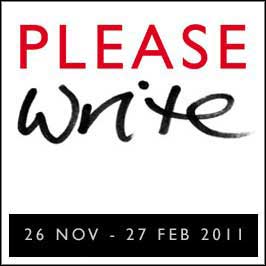
POSTED
67 Wilton Way
London E8 1BG
26 November 2010 – 27 February 2011
Directed and curated by Julia RoyseThis exhibition strives to remind us of the power of these tangible messages – how
they can shape and change our lives. Russian artist, Haim Sokol, presents a melancholy bundle of unopened letters quietly examining our impatient society; Tim Noble and Sue Webster compare letters from their mothers as an alternative and enlightening self portrait and Rachel Whiteread, using paint and piercing on postcards, elegantly alters historical Hackney scenes.
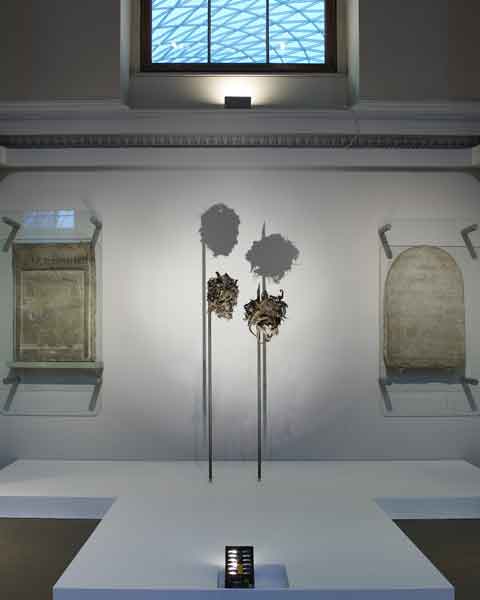
British Museum
Great Russell Street
London, WC1B 3DG
4 October 2008–25 January 2009
For fifteen years Tim Noble and Sue Webster's dark, witty and original works have addressed issues of sexuality, identity, self-representation and taboo.
Inspired by the Museum's Egyptian collections, they have painstakingly produced a unique silhouette work. A simple spotlight transforms an apparently amorphous heap of mummified creatures into two silhouettes of the artists' faces.
Tim Noble and Sue Webster's use of animals echoes that of their Egyptian predecessors. Ancient Egyptians believed that gods could take the form of animals. Cats, dogs, birds and other creatures were bred to be mummified, then sold to pilgrims who offered them back to the gods.
Dark Stuff examines our attitude to life and death, beauty and the grotesque, and invites that perennial question (often asked about the ancient Egyptians): 'How did they do it?'

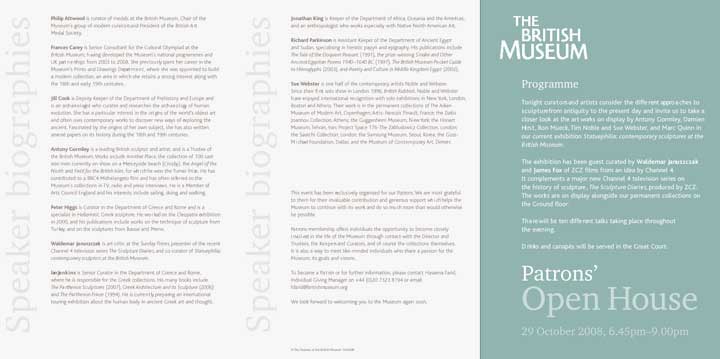
29 October 2008, 6.45pm–9.00pm
ProgrammeTonight curators and artists consider the different approaches to sculpture from antiquity to the present day and invite us to take a closer look at the art works on display by Antony Gormley, Damien Hirst, Ron Mueck, Tim Noble and Sue Webster, and Marc Quinn in our current exhibition Statuephilia—Contemporary Sculptures at the British Museum.
The exhibition has been guest curated by Waldemar Januszczak and James Fox of ZCZ films from an idea by Channel 4. It complements a major new Channel 4 television series on the history of sculpture, The Sculpture Diaries, produced by ZCZ.
The works are on display alongside our permanent collections on the Ground floor. There will be ten different talks taking place throughout the evening.
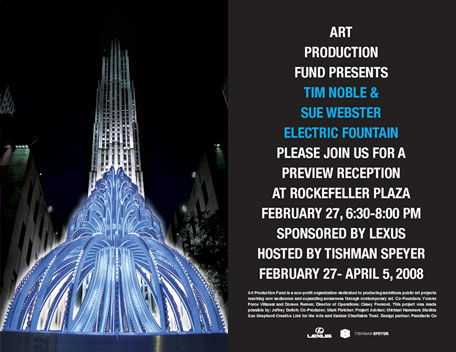
Rockefeller Plaza
New York, NY, U.S.
27 February 2008–5 April 2008
Electric Fountain is a spectacular public artwork by acclaimed British artists Tim Noble & Sue Webster. Inspired by the Plaza at Rockefeller Center, this three-dimensional light sculpture is in the form of a monumental fountain measuring 35' in height and 30' in diameter. The design and sequencing of the work, fabricated from 3,390 LED bulbs and 527 meters of neon tubing, replicates the movement of water, creating a hypnotic experience for viewers.
Electric Fountain represents Noble & Webster's modern take on the world's oldest form of public art, the fountain. It simultaneously references iconic pop culture symbols, such as marquee signs in Las Vegas and Times Square, and historical fountains built in civic spaces, such as Bernini's Triton Fountain. A monument for the 21st century, Electric Fountain is a celebration of the spectacle, excess, beauty, and desire of contemporary culture and a provocative comment on the nature of consumer society, a theme often present in Noble & Webster's work.
"Electric Fountain mimics the tradition of a fountain as a monument found in public squares around the world, but its magic lies in the emulation of light where water should be," said artist Sue Webster. "During daylight hours the viewer will really get a sense of Electric Fountain's architectural and sculptural qualities as the lights react with the changing moods of New York City's daily weather conditions. As night time falls, the sculptural form will slowly disappear into darkness leaving only the illusion of bright cascading water in its wake."
For the first time, Noble & Webster are using Light-Emitting Diodes (LED) in their work, creating a brighter appearance while using less energy. The LEDs represent the future of light technology and Electric Fountain marks the beginning of the artists' use of new material in their projects with a commitment to the environment.
Tim Noble & Sue Webster (b. 1966, 1967 respectively) are artists based in England, associated with the post-Young British Artists generation. Finding inspiration in pop culture, advertising, and punk influences, Noble & Webster have challenged the conventional word, career path of the artist, utilizing different media—including electric lights and garbage—to tease out new relations between spectacle, conceptual gravity, and pure entertainment.
Their work was included in the exhibition Apocalypse: "Beauty and Horror in Contemporary Art" at the Royal Academy of Arts, London, 2000, as well as the opening show of the Saatchi Gallery in County Hall, London. They have exhibited in numerous group exhibitions internationally and have had solo shows at PS1/MOMA, New York (2003), Museum of Fine Arts, Boston (2004), Centro de Arte Contemporanea de Malaga (CAC), Spain (2005), and The Freud Museum, London (2006).
"Polymorphous Perverse," an exhibition of recent work first shown at The Freud Museum will be presented by Deitch Projects, New York from March 1–29, 2008.
Tishman Speyer is the co-owner and manager of Rockefeller Center, which is the site of numerous public exhibits and events, including large-scale installations of public art by world-renowned artists including Takashi Murakami, Jeff Koons and Jonathan Borofsky. Tishman Speyer has earned a worldwide reputation for innovative utilization of public art in its signature commercial properties, which include Rockefeller Center and The Chrysler Building.
Pushing the boundaries into the unexpected within the automotive category, Lexus supports those who are similarly forward thinking within their own categories. Lexus saw the Electric Fountain as an opportunity to support visionaries Tim Noble & Sue Webster in their most innovative exploration of modern design.
Art Production Fund is a non-profit organization dedicated to producing ambitious public art projects, reaching new audiences, and expanding awareness through contemporary art. Co-Founders: Yvonne Force Villareal and Doreen Remen; Director of Operations: Casey Fremont. For more information please visit: www.artproductionfund.org
Electric Fountain was made possible by: Co-Producer: Jeffrey Deitch; Project Advisor: Mark Fletcher; Design Consultation & Fabrication: Michael Hammers Studios; Design Consultant: Sue Shepherd; Creative Link for the Arts and Kanbar Charitable Trust. Design partner: Pandiscio Co.
